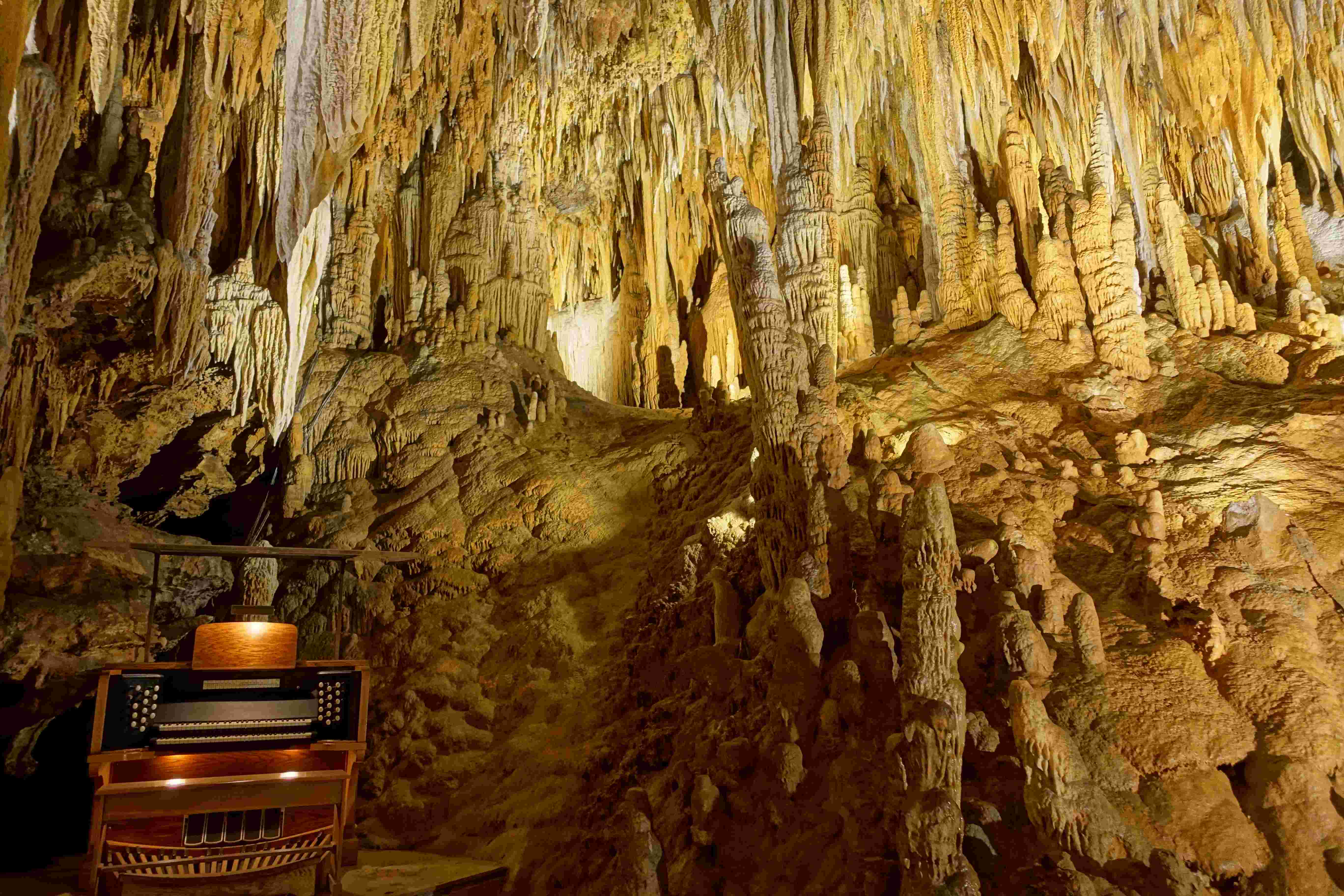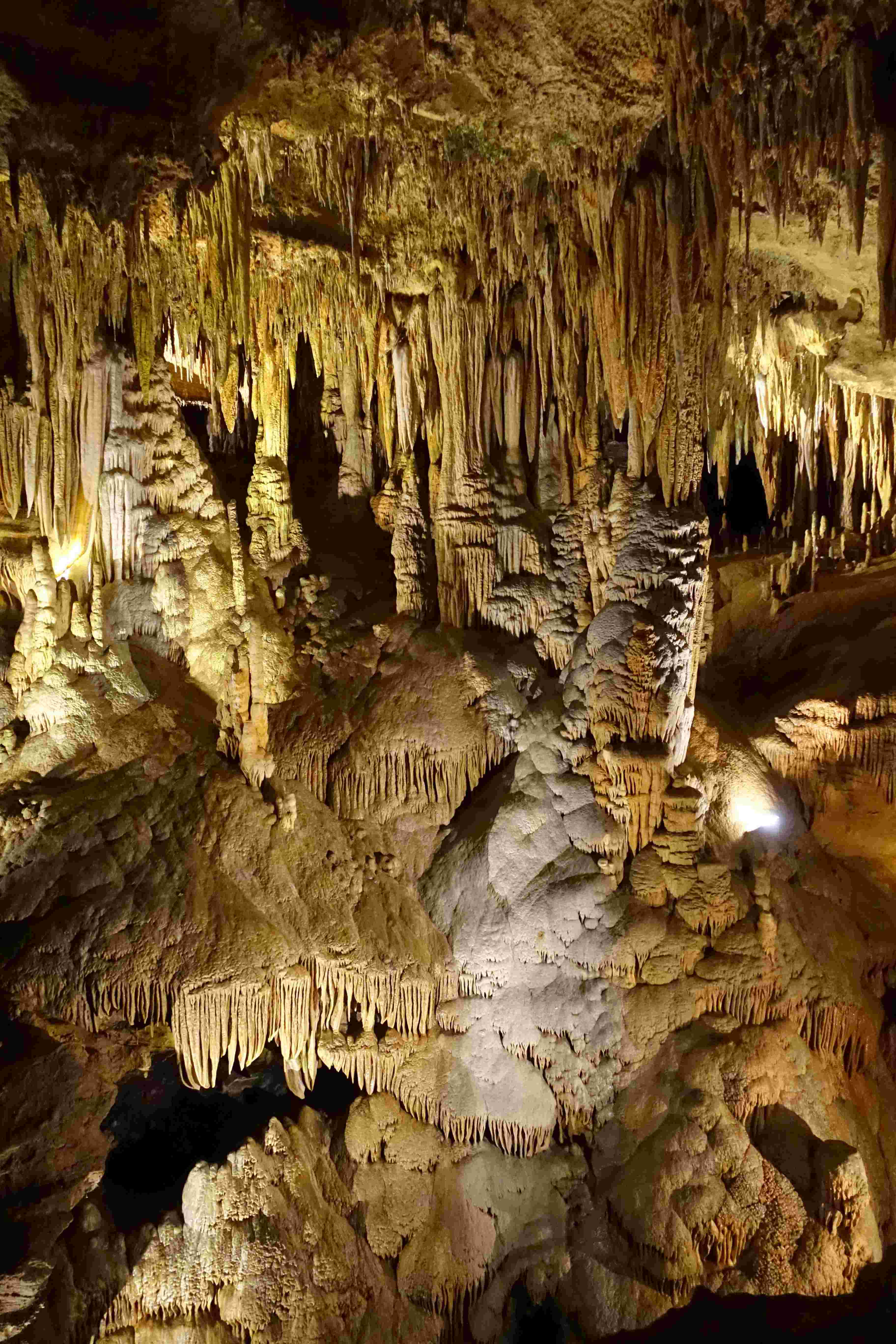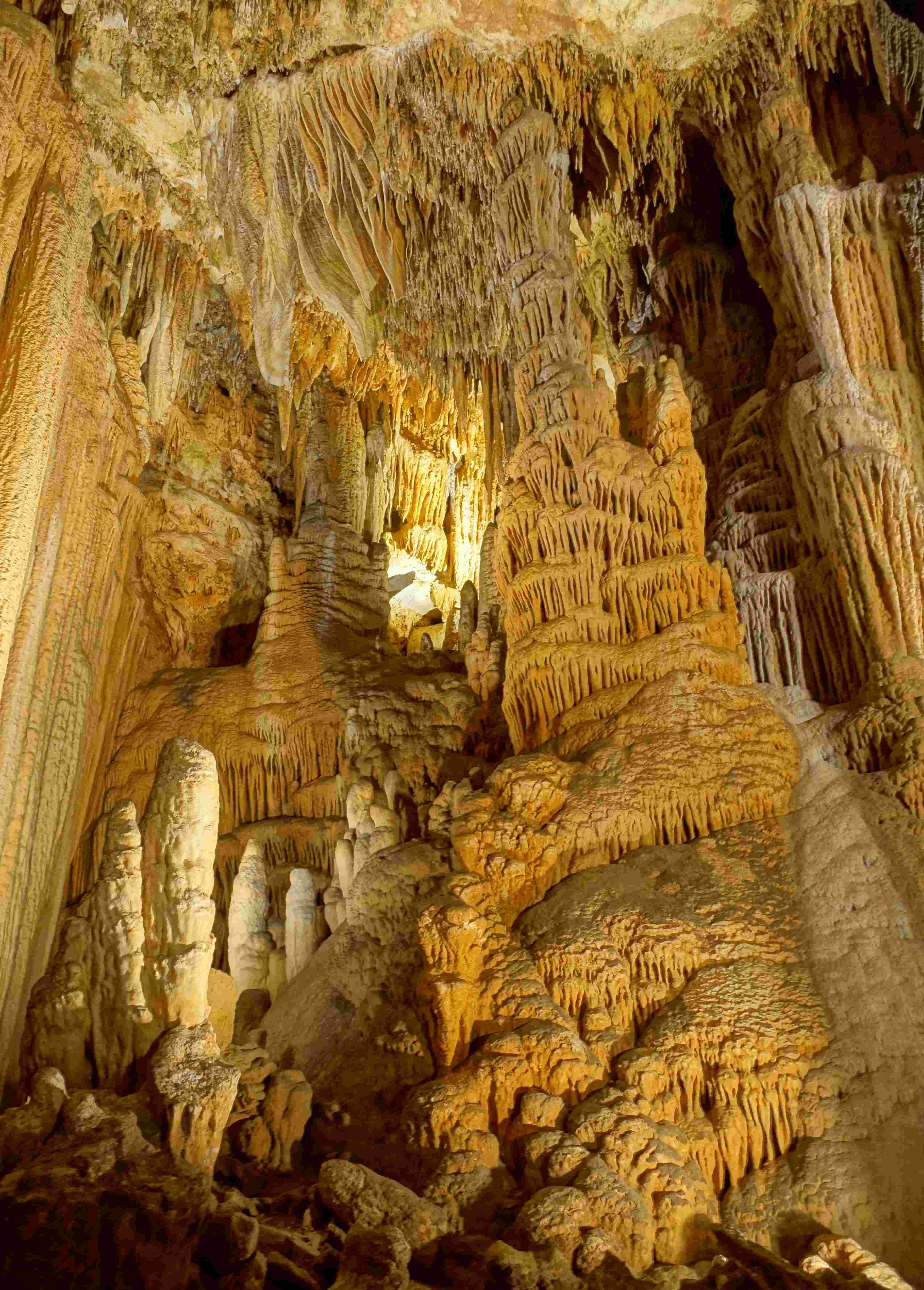Luray Caverns is indeed located within the Valley and Ridge region of the Appalachian Mountains in Virginia. This extensive cave system is situated in the Shenandoah Valley, just west of the Blue Ridge Mountains. The caverns are formed in limestone and dolomite rocks, characteristic of the Valley and Ridge province. Their location in this geologically rich area contributes to the unique formations and features that make Luray Caverns a popular tourist destination.
Where Exactly Is Luray Caverns Located?

Luray Caverns is situated in the town of Luray, Page County, Virginia. It lies within the Shenandoah Valley, which is part of the larger Valley and Ridge physiographic province. This region is characterized by:
- Long, parallel ridges and valleys
- Folded and faulted sedimentary rocks
- Extensive karst topography
The caverns’ specific location coordinates are:
- Latitude: 38°39’54\”N
- Longitude: 78°29’01\”W
What Geological Features Define the Valley and Ridge Region?

The Valley and Ridge region, where Luray Caverns is located, is defined by several key geological features:
- Sedimentary Rock Layers: The region is composed primarily of sedimentary rocks, including:
- Limestone
- Dolomite
- Shale
-
Sandstone
-
Folded and Faulted Structures: The rock layers have been folded and faulted due to tectonic forces, creating the characteristic parallel ridges and valleys.
-
Karst Topography: The dissolution of limestone and dolomite by slightly acidic water has resulted in:
- Caves and caverns (like Luray)
- Sinkholes
-
Underground drainage systems
-
Elongated Valleys: The region features long, narrow valleys running northeast to southwest.
How Did Luray Caverns Form in This Region?
The formation of Luray Caverns is directly related to its location in the Valley and Ridge region. Here’s how the caverns developed:
-
Rock Composition: The caverns formed in the Lower Ordovician Beekmantown Dolomite, a calcium carbonate-rich rock.
-
Water Infiltration: Slightly acidic rainwater seeped through cracks in the rock.
-
Dissolution: Over millions of years, this acidic water dissolved the limestone and dolomite, creating voids and passages.
-
Speleothem Formation: As water continued to seep through, it deposited minerals, forming:
- Stalactites
- Stalagmites
- Columns
-
Flowstone
-
Continuous Process: This process of dissolution and deposition is ongoing, albeit very slowly.
What Makes Luray Caverns Unique Among Valley and Ridge Caves?
While there are numerous caves in the Valley and Ridge region, Luray Caverns stands out for several reasons:
-
Size and Extent: Luray is one of the largest and most complex cave systems in the eastern United States.
-
Diverse Formations: The caverns boast an impressive array of speleothems, including:
- Giant columns
- Delicate soda straws
-
Massive flowstone formations
-
Great Stalacpipe Organ: This unique feature is the world’s largest musical instrument, using stalactites to create music.
-
Dream Lake: A shallow pool with a perfectly reflective surface, creating stunning optical illusions.
-
Colored Formations: Mineral impurities create a range of colors in the formations:
- Reds and yellows from iron
- Black from manganese dioxide
- Blues and greens from copper compounds
How Does the Valley and Ridge Location Affect Luray Caverns’ Climate?
The location of Luray Caverns in the Valley and Ridge region influences its climate in several ways:
-
Stable Temperature: The caverns maintain a constant temperature of around 54°F (12°C) year-round, due to their underground location.
-
High Humidity: The cave environment is consistently humid, typically around 85-90%.
-
Protection from Surface Weather: The caverns are insulated from surface temperature fluctuations and extreme weather events.
-
Water Infiltration: The regional climate affects the rate of water seepage into the caverns, influencing ongoing formation processes.
What Other Geological Attractions Are Near Luray Caverns in the Valley and Ridge Region?
The Valley and Ridge region around Luray Caverns offers several other geological attractions:
-
Shenandoah National Park: Features scenic drives and hiking trails showcasing the region’s geology.
-
Skyline Caverns: Another cave system located in Front Royal, Virginia.
-
Natural Bridge: A natural arch carved out of limestone by Cedar Creek.
-
Grand Caverns: One of America’s oldest show caves, located in Grottoes, Virginia.
-
Endless Caverns: A cave system near New Market, Virginia, known for its intricate formations.
In conclusion, Luray Caverns’ location in the Valley and Ridge region is integral to its formation, unique features, and ongoing geological processes. Its position within this geologically rich area makes it not only a fascinating attraction but also an important site for understanding the region’s complex geological history.
References:
1. Wikipedia – Luray Caverns
2. Britannica – Luray Caverns
3. Chesapeake Bay Program – A trail of caves, karst and other wonders

